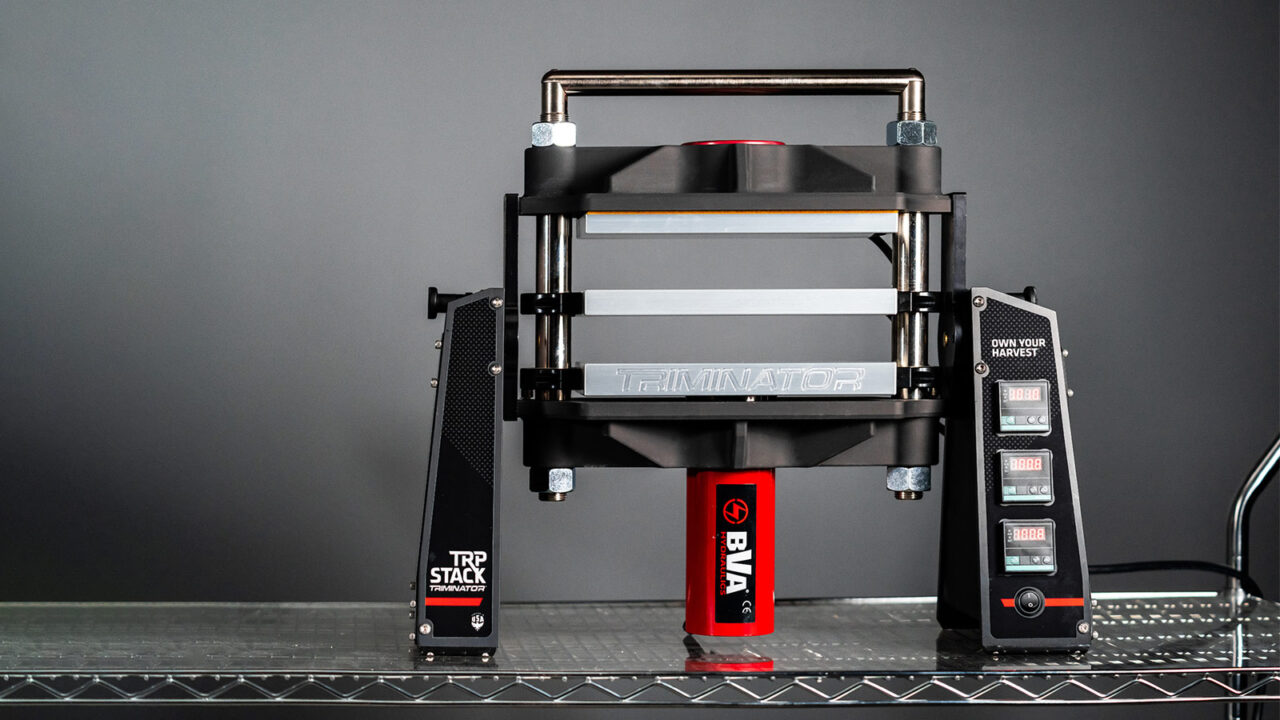13 Ways To Repackage Perennials

Packaging perennials for their ability to provide habitat for butterflies and other pollinators draws consumers’ attention to one of their many benefits
Statistics shared in the excellent State of the Industry supplement in Greenhouse Grower’s January issue of showed that small growers are looking to increase production of specialty crops like herbs and vegetables, while larger growers are looking to increase production of color (ornamental bedding plants). Perennials were set to increase with medium-sized growers.
The nice thing about perennials is their adaptability. The word “perennial” has lost some of its cachet. They no longer sell themselves simply because they come back. It is becoming increasingly more obvious that the role of ornamentals is to satisfy solutions, not simply provide interest. Calling a perennial a butterfly perennial or a deer-resistant perennial perks up many more ears than simply shouting perennial.
So, let’s shout out solutions, not just plants. Let’s repackage what we are already selling so designers, landscapers, and gardeners get a two-fer — a beautiful plant and a reason to buy it.
Simple And Timely Repackaging Ideas
Here are some ideas for new ways to group perennials for marketing. Many of the same plants can be bundled in more than one parcel. Use these packages in the catalog, on the availability list each week, and in the garden center. Be creative, but think about solving problems.
1. Being New. New will always be important, and is a solution for serious gardeners and professionals, but only important on-the-ground for master gardener types. National programs like the Perennial Plant of the Year and local programs like Plant Select and Georgia Gold can work well here.
2. Small Spaces. Providing plants for small spaces like a balcony or the deck is a trend that will swallow us up if we don’t offer answer it. Nearly every major annual program has balcony-ready combinations. Perennials have lagged behind. This is one area where perennials, annuals, and shrubs should be wed.
3. Birds. Plants that attract not just hummingbirds, but wrens, bluebirds, chickadees, vireos, and many others work well here. Sunflowers, grasses, agastache, salvia — there are a lot of bird-friendly perennials to choose from.
4. Butterflies. For the habitat gardener and landscaper, this package has been around for years. Eupatorium, asclepias, and echinacea are a few good perennials to start with.
5. Deer Or Rabbit Resistant. One of the most sought-after solutions, regardless of locale, is resistance to wildlife like deer and rabbits. A few good choices are hellebores, herbs, salvias, and amsonias.
6. Drought Tolerant. Water wise is a better marketing term for drought-tolerant plants like herbs (lavender, thyme), grasses, sedums, and coreopsis that are becoming more in demand.
7. Foodscaping. Offering ornamentals that double as food items is becoming all the rage. Many cultivars of herbs and vegetables can provide beauty and taste.
8. Fragrance. Package a half dozen fragrant plants together like herbs, agastache, phlox, and violas.
9. Groundcovers and Low Maintenance. These terms are synonymous to most landscapers and designers. Provide choices of your own or participate in many of the programs already available.
10. Heat Tolerant. This is another package that has been well filled, thanks to a major effort by breeders to improve heat tolerance in the last 10 years.
11. Lawn Replacement. For the environmentalist or habitat lover, grass is an anathema. Packaging groundcovers and meadow plants together provides a place to start for designers and gardeners.
12. Long Bloomers. Perennials such as salvias, coreopsis, and evening primrose are more marketable and have more perceived value if people know the blooms will last.
13. Natives. A ton of garden perennials are native and well known. There is a misguided belief that natives are the solution to every issue, environmental or not. This is not true, but people want to be told what plants are native and which are not.









